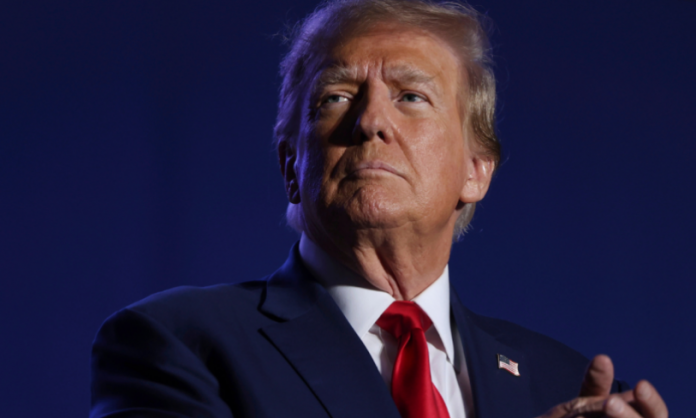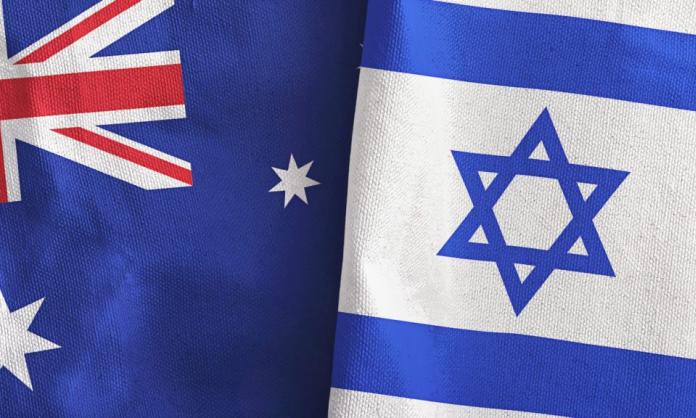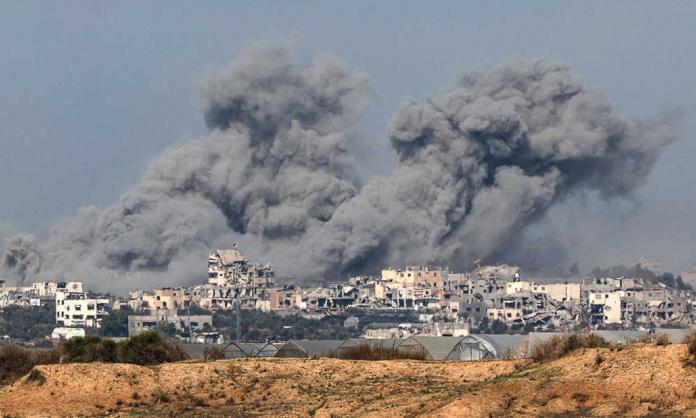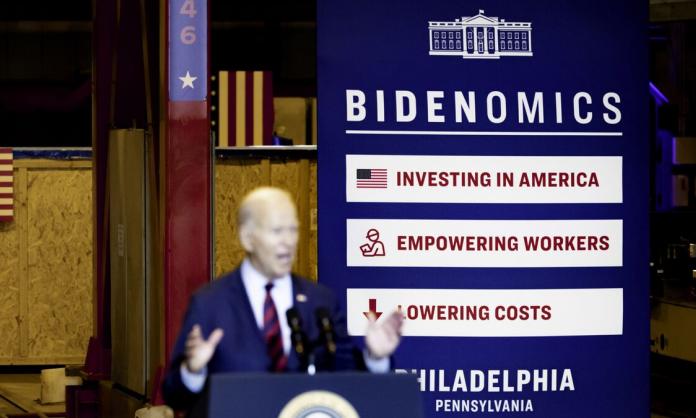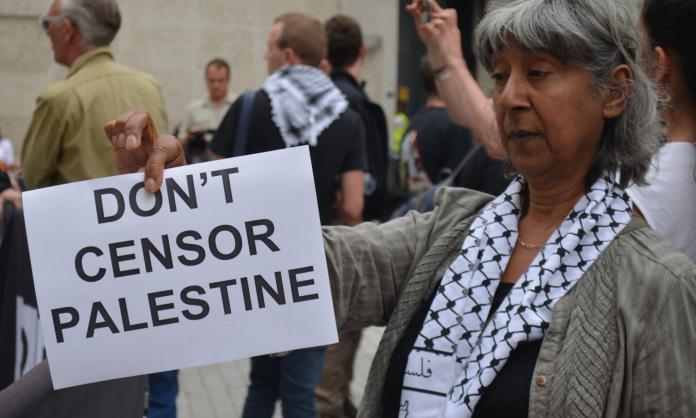The popular rebellion against anti-Black racism and police terror continues to unfold here in the United States. Uprisings have emerged in every major city – the most significant event of its kind since the urban revolts of the 1960s. It can also be described as the first COVID-19 rebellion, as the simmering situation that boiled over with the murder of George Floyd in the midwestern city of Minneapolis was intensified by the decision of the American state to abandon working people – especially those who happen to be Black or brown – to die during the pandemic and face economic devastation as a result of looming depression.
This revolt is a transformative moment. It is the next wave of the Black Lives Matter demonstrations that swept the country in 2014 and 2015 – from the demonstrations in Ferguson, Missouri, after the murder of Mike Brown, to the wave of national protests after the non-indictment of the killers of Brown and of Eric Garner, to the riots in Baltimore, Maryland, and then the rolling demonstrations in Chicago after the release of video tape showing the killing of Laquan McDonald. The so-called post-racial society that the election of first Black president Barak Obama was supposed to usher in was exposed as a lie by the daily reality of police terror.
The fire this time has been lit in different circumstances. One in every 2,000 African Americans has so far died in this plague. In Chicago, almost three-quarters of the deaths are of Black folks, who make up less than one-third of the city’s population. Federal inaction left people to die while a swift response ensured that billionaires became at least $400 billion richer. When social distancing measures were finally taken, they provided cover for intensified policing: in New York City and Chicago, nearly all “stay-at-home” related arrests and citations were in Black neighbourhoods, while friendly cops handed out masks to white people in parks.
Now, as the presidential election draws near, Black Americans are asked to put their hopes in a rapist, Joe Biden, who recently told one of America’s most popular Black radio hosts that any Black person who didn’t want to vote for him was “not Black”. Biden is a hopeless cardboard cut-out of the status quo of American capitalism, which has left Black America to suffer in plague, beats them with continued economic deprivation and then kills them with cops. The contest between Trump and Biden is not a choice – this has only intensified the hopelessness that lit the spark.
While the pandemic was killing Black America, the tension was building through a string of incidents of racist violence. On 13 March, Breonna Taylor, a Black woman in Kentucky, was killed in her house by a no-knock police raid. At the beginning of May, a video emerged of the February execution of 25-year-old Ahmaud Arbery, who was killed by a group of white ex-cop vigilantes.
This set the scene for Monday 25 May, in the city that remembers the killing of Philando Castile by the police in 2016, when police lynched George Floyd. Floyd was given a death sentence for buying groceries with a 20-dollar bill alleged to be a forgery. The brutal incident was captured on video by a bystander, Floyd writhing under the knee of officer Derek Chauvin while his accomplice officers looked on. The exceptional thing was not the violence, which is routine for the police, but that the whole world got to see Floyd gasp for breath and call for his mother before dying.
Immediately, powerful demonstrations filled the streets of Minneapolis. Buildings were set on fire. On Thursday evening, the demonstrators ran the police out of a precinct, set it on fire and appropriated riot gear. While looting occurred, it should be noted that the targets were large corporate stores like Target and a gentrifying un-inhabited condominium that were hit while stores with signs saying “minority owned” were passed over.
The bravery and determination of the rebellion had a sweeping effect on working class consciousness. The Minneapolis transit union issued a statement of non-cooperation with arrests of protesters – essentially a political strike. The University of Minnesota declared it was ending its contract with the police department to provide security for sports events, and the Minneapolis School Board resolved to breach contact with the police department. In a few short days, changes that some believe that only long campaigns can achieve were obtained by riotous protesters refusing to leave the streets. The day after the swarming of the police precinct, Chauvin was arrested on charges of third-degree murder. It is a lesser charge than desired, and the other police involved are yet to be arrested, but the move against Chauvin was a capitulation to the protesters.
As these events played out in Minnesota, solidarity protests in other cities began to flower. In Ohio, demonstrators broke into the state capital building. A police precinct in Brooklyn, New York, was overwhelmed. This intensification as the week closed then culminated in an eruption on Saturday.
In every major city, tens of thousands of people took to the streets in anger and defiance. The police response was unveiled violence. More than 4,000 people were arrested across the country. Countless reports and videos circulated of cops beating demonstrators with clubs, shooting people with rubber bullets and tear gas, and even driving their vehicles into crowds. There are at least 50 documented attacks on journalists. The police violence was met with fierce resistance, cop cars being set ablaze and the rebellion overwhelming police lines. In New York City, as many as 40 vehicles were torched.
--------------------
The sheer number of acts of police aggression and courageous resistance don’t capture the confidence and passionate, beautiful rage of the demonstrations. Glimpses of insurrection and the feel of the carnival of the oppressed are visible. In Chicago on Saturday, the central business district was overwhelmed by a car caravan protest that clogged the streets while up to 10,000 people flooded the area. Largely spontaneous, the crowd swarmed in every direction. The cops responded ferociously. Cop cars burned. The usually graffiti-free centre was covered with the names of those murdered by cops, with slogans of Black Lives Matter, Fuck 12, ACAB. Hatred of the police and their racist violence was on every tongue.
The protest was overwhelmingly made up of young people. Though Black and brown youth were clearly in the vanguard, the make-up was diverse. One of the largest groups of police made sure that Trump Tower was protected, demonstrating the priorities of the city’s rulers. But the police lost control. Mayor Lightfoot instituted a curfew with a 30-minute warning. (Most cities around the country also instituted curfews with little warning.) City trains and buses were shut down and, in an unprecedented move, the draw bridges over the rivers were raised. This trapped 1,000 mostly young people, who were beaten and arrested by police.
The scene of popular rebellion was similar all around the country. Saturday unlocked a continuous wave or protest. The effect is ubiquitous: in every neighbourhood, cars have signs in their windows or “Black Lives Matter” and “Justice for George Floyd” painted on hoods. Every street corner is covered in chalked slogans, the names of the dead, and angry epithets against the police.
When the morning curfew lifted, protesters awaited the Mayor outside of her house and we found the city locked down. The bridges remained raised and the police set up barricades with large sanitation trucks to block off the city centre. The train service stopped people from entering and the nightly curfew was extended. The lockdown of the centre meant that protests became smaller and dispersed in different parts of the city. At least four neighbourhoods held street demonstrations. In the Black-majority South Side neighbourhood of Hyde Park, a large protest made a stand and the police attacked again, sending many to the hospital and arresting many more. Nurses at nearby hospitals reported being overwhelmed with cases of “blunt force trauma” from the widespread police violence.
This pattern continues. Last night (Tuesday), protests even bigger than Monday’s coalesced on the North Side, and a mass meeting and speak-out occupying the streets eventually took over the closed-off Lakeshore Drive thoroughfare and defied the curfew for an hour before police beat back protesters again. By all indications, the scenes I have witnessed in Chicago are similar in character and process to those going on all around the country. In some cases, like in Kentucky yesterday with murder of David McAttee, the police are killing people by firing into crowds.
The repression, police violence and deployment of the National Guard have been carried out by Democratic Party mayors and governors. Many of the party’s progressive scions, while expressing sympathy with protesters, are imploring people to stay home and write-off the legitimate rage as the product of “outside agitators” who, apparently, have descended on every American city. The Democrats offer no answer or solution. Indeed, their failure and inability to do anything about the nightmare of American life is partly what has led to masses of people rising. What else are people expected to do when they see no other way to change the world?
The demonstrations have been almost exclusively spontaneous, spreading through social media and word of mouth. Participants are very young, intensely militant and display absolute hatred of the police. As is always the case with social eruptions that draw in new layers of people, the politics is very mixed. While anti-racism, police abolition and a general rejection of the system are foundational, there is a hodgepodge of different viewpoints at demonstrations. You will hear everything from calls for Black capitalism, religious awakening, concern for the PTSD of the police, denunciations of white privilege and even anti-abortion speeches. But mass politics is complicated. Despite all the differing opinions, hostility to the police drives the fierce resistance.
We will soon face the question of organisation. Many of the groups and coalitions that organised past protests are either overwhelmed by the size of the protests and the level of oppression or are not equipped take the lead in a rapidly changing situation. This question will be driven home by greater repression. Donald Trump’s belligerent threats of siccing “dogs” on the “criminals” are calls for more police violence and an encouragement to far-right vigilantes. Additionally, his claim to designate his imagined “antifa organisation” as terrorist, while ludicrous and darkly comical, is also a frightening warning of the state repression that could be deployed. Just Monday night, he threatened to send in the military to quell protests, which in effect would institute martial law.
To endure and deepen, the protests must continue and activate broader sections of the working class. The future is uncertain. However, this is a transformational moment, which demonstrates the type of resistance required to challenge the horrible conditions of the bankrupt and decrepit system of racist capitalism in the United States. We need more rebellion.






